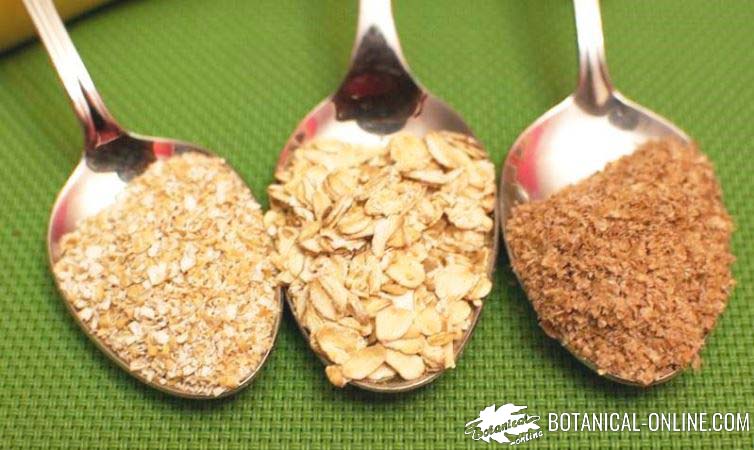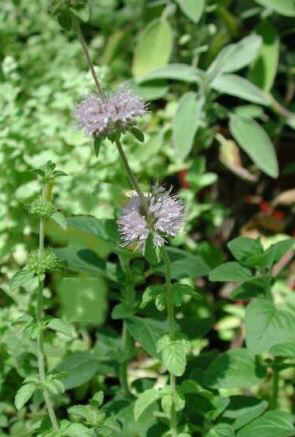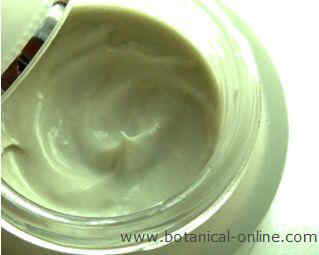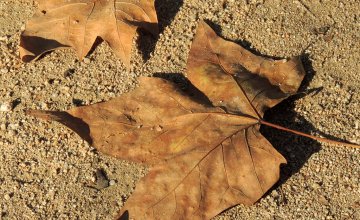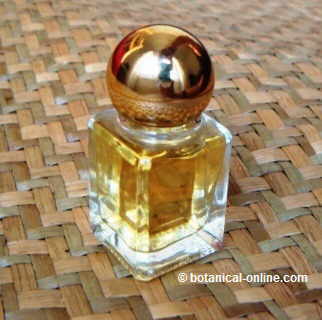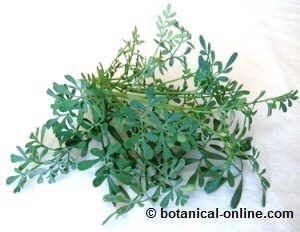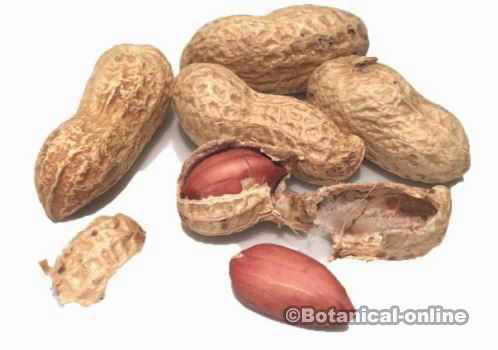Contents
What is a marjoram
Characteristics of marjoram (Origanum majorana)
Common English name: Marjoram, knotted majoram, sweet majoram, italian oregano
– Spanish / Español: Mejorana, mayorana, orégano mayor, almoradijo, amáraco
Scientific name of the savory: Origanum majorana L. Majorana hortensis Moench
* See: Marjoram in other languages
Family: Labiatae or Lamiaceae
Origin of marjoram
Marjoram is native to India and the Middle East (Persia), extended from antiquity throughout the Mediterranean region. The Egyptians, the Greeks and the Romans knew this plant.
Marjoram habitat
Marjoram is adapted to the cold and temperate climates. It is a delicate plant, sensitive to frost and drought. Generally, we will find it cultivated or wildly scattered around the houses.
Marjoram geographical distribution
Eastern and Southern Europe, Southeast Asia, North Africa.
Marjoram plant description
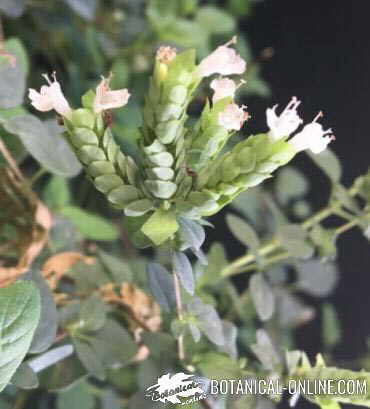 Photo of marjoram in a garden dedicated to its cultivation and marketing
Photo of marjoram in a garden dedicated to its cultivation and marketing
Marjoram (Origanum majorana) is a perennial plant of the Labiatae or Lamiaceae family.
The plants belonging to this botanical family are characterized by having very aromatic essential oils in all parts of the plant. Other aromatic spices known in this family are: mint, thyme, sage, oregano or rosemary.
Initially, marjoram was considered as a variety of oregano (Origanum vulgare). Later studies have evidenced clear differences between these two plants, which belong to the same genus (Origanum) but they are distinct species.
Marjoram is a shrub, like most lamiaceae. It is characterized by erect, almost woody and quadrangular stems, another characteristic common in many Lamiaceae. The stem is branched, with several branches, becoming a relatively large bush, 30-50cm.width and 40-60cm. high.
Marjoram leaves are opposite, whole, oval and petiolated (attached to the stem by petiole). The foliage is tomentose, of whitish green color, due to a fine hairiness that covers all the leaves. 5 to 25mm. long and 7mm wide.
Marjoram has an inflorescence in the form of terminal branches. This type of inflorescence consists of small flowers grouped in the rachis or main axis of the inflorescence.
Flowers are tiny, sessile, with a short pedunculate and located on four tomentose bracts. Chalyx white, pink or purple, with a structure similar to the appearance of “lips”, characteristic of the lamiaceae family. Flowers attract bees making this plant a meliferous one, that is to say, a plant that is profited by bees to get products that are turned to honey.
Marjoram fruit is a quadrangular achene, keeping some brown seeds inside This fruit only reaches maturity in temperate climates or warm seasons.
The whole plant gives off a pleasant smell, warm and bitter, reminiscent of the citrus and pine aromas.
Used parts of marjoram
- Leaves: because this plant possesses essential oils throughout the plant, the leaves are used, fresh or dried, to season dishes. Marjoram is part of some blends of spices such as Bouquet garni
- Flowers: the flowers of this plant are very appreciated among aromatic flowers. They are used to aromatize different types of culinary preparations (herbs of Provence, Bouquet garni) and aromatherapy.
- Essential oil: it is used in aromatherapy and perfumery.
Marjoram composition
| ||||||||||||||||||||||
- Essential oil (0.7-3%): terpineol, thymol, carvacrol, linalool, caryophyllene, phenolic acids, flavonoids and hydroquinone.
Note: the concentration of each component may vary depending on the plant collection season.
One study reports that marjoram has the highest content of thymol (38.4%) and sabinene (25.3%) in spring; Terpinen-4-ol (37%) is abundant in the plants harvested in summer; Terpinolene (43.1%) in autumn and sabinene (54.4%) in winter.
- Carbohydrates: pentosans
- Protein
- Fats
- Fiber
- Vitamins: betacarotenes, vitamin C
- Minerals: boron, copper, iron, magnesium, manganese, potassium, phosphorus, zinc
- Glucosides: arbutin or hydroxyquinone (leaves), apigenin7glucoside, dinatin7glucoside, luteolin7glycoside.
- Monoterpenes: limonene, terpinene, myrcene, phellandrene, pinene, linalool, carvacrol, thujene, humulene, cadinene, chavicol, citral, linalool, eugenol, geraniol, cymene, sabinene, carvone.
- Sesquiterpenes: cadinene, alloaromadendrene, caryophyllene
- Phytosterols: betasitosterol
- Organic acids: caffeic acid, rosmarinic or labial acid, ursolic acid
- The plant contains tannins with antioxidant and astringent properties.
| Botanical classification | |
| Kingdom | Plantae |
| Subkingdom | Tracheobionta Vascular plants |
| Superdivision | Spermatophyta Seed plants |
| Division | Magnoliophyta Flower plants |
| Class | Dicotyledonous |
| Subclass | Asteridae |
| Order | Lamiales |
| Family | Lamiaceae |
| Subfamily | Nepetoideae |
| Tribe | Mentheae |
| Gender | Origanum |
| Species | O. majorana |
![]() More information on marjoram.
More information on marjoram.

